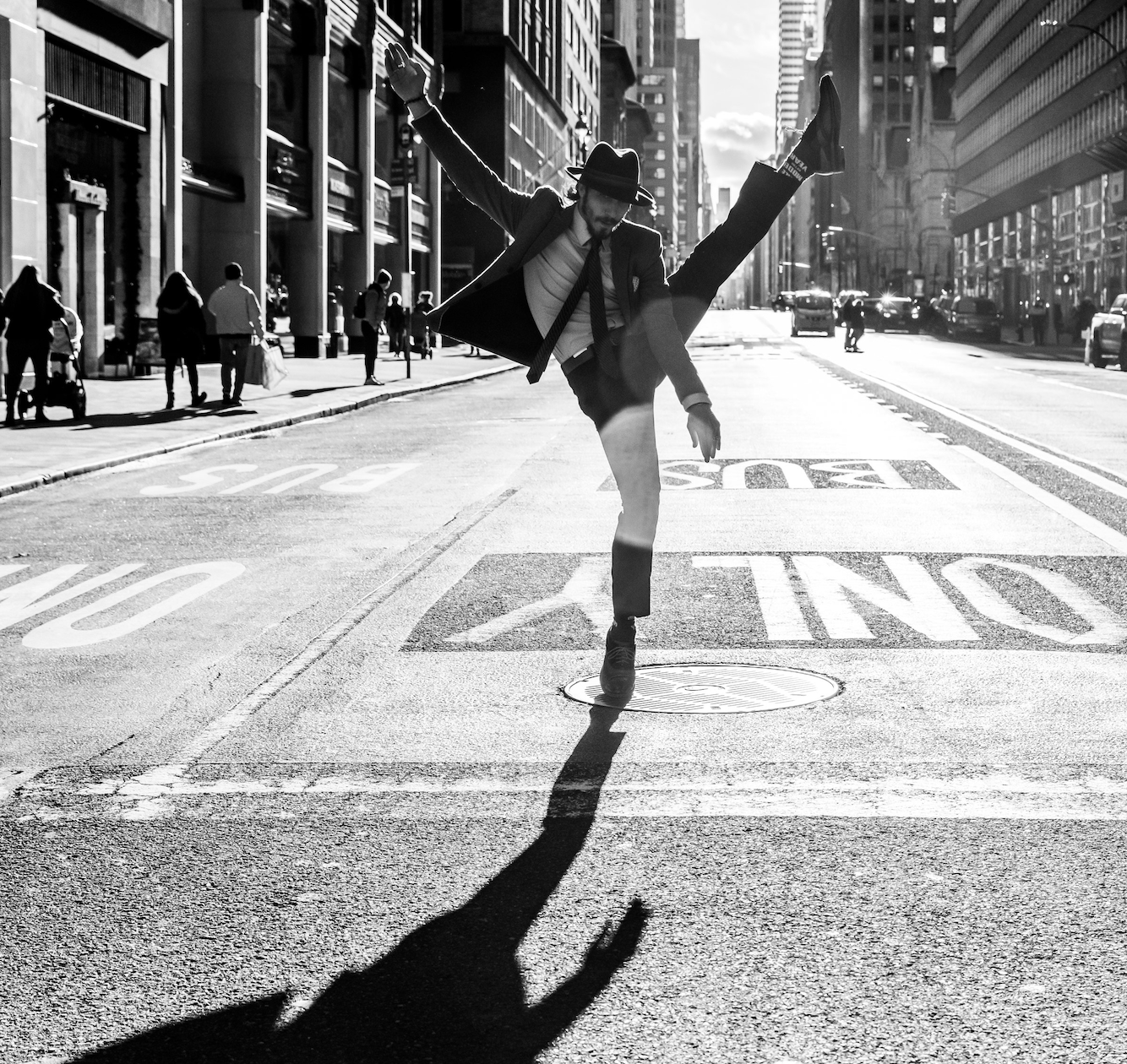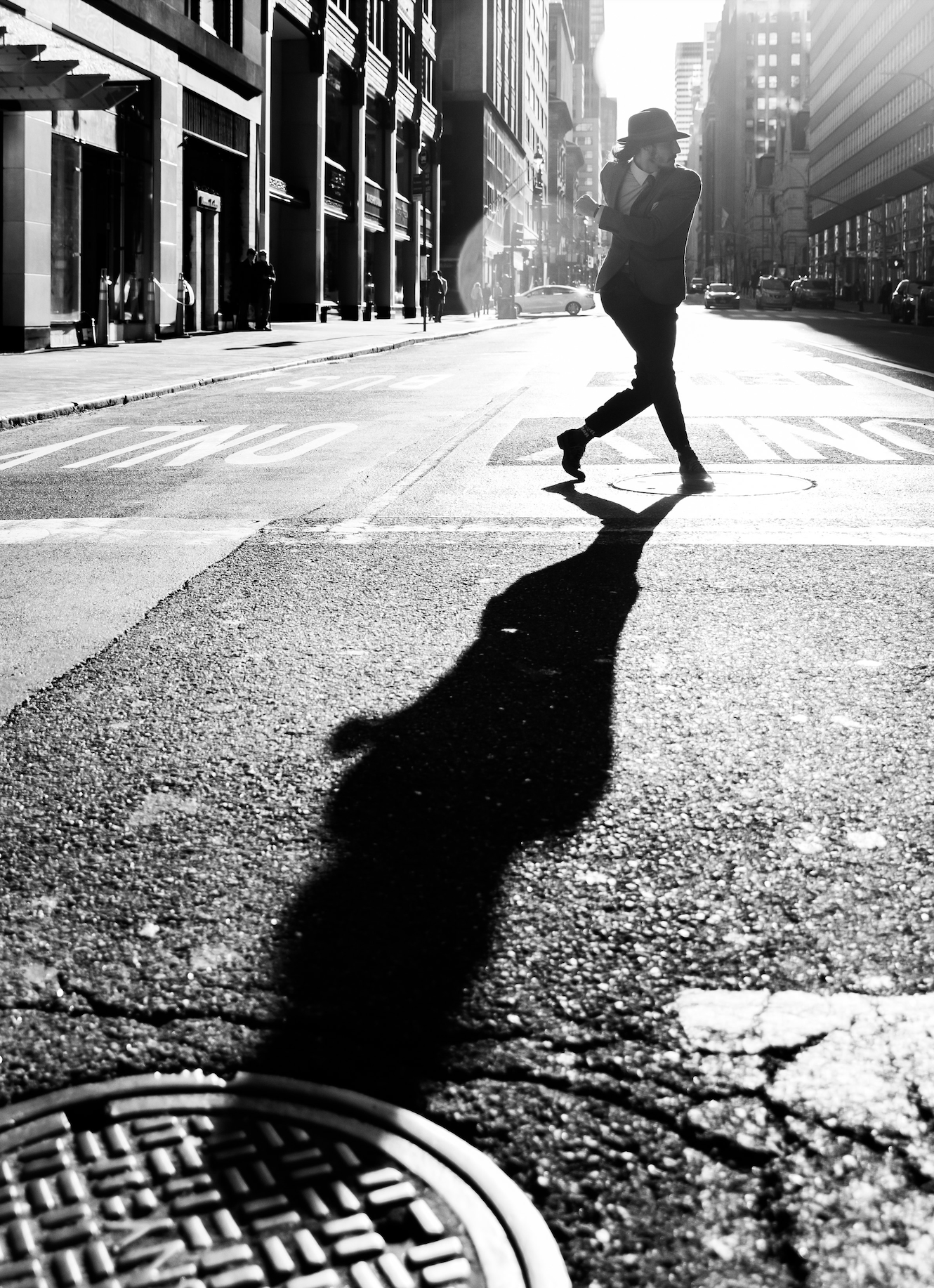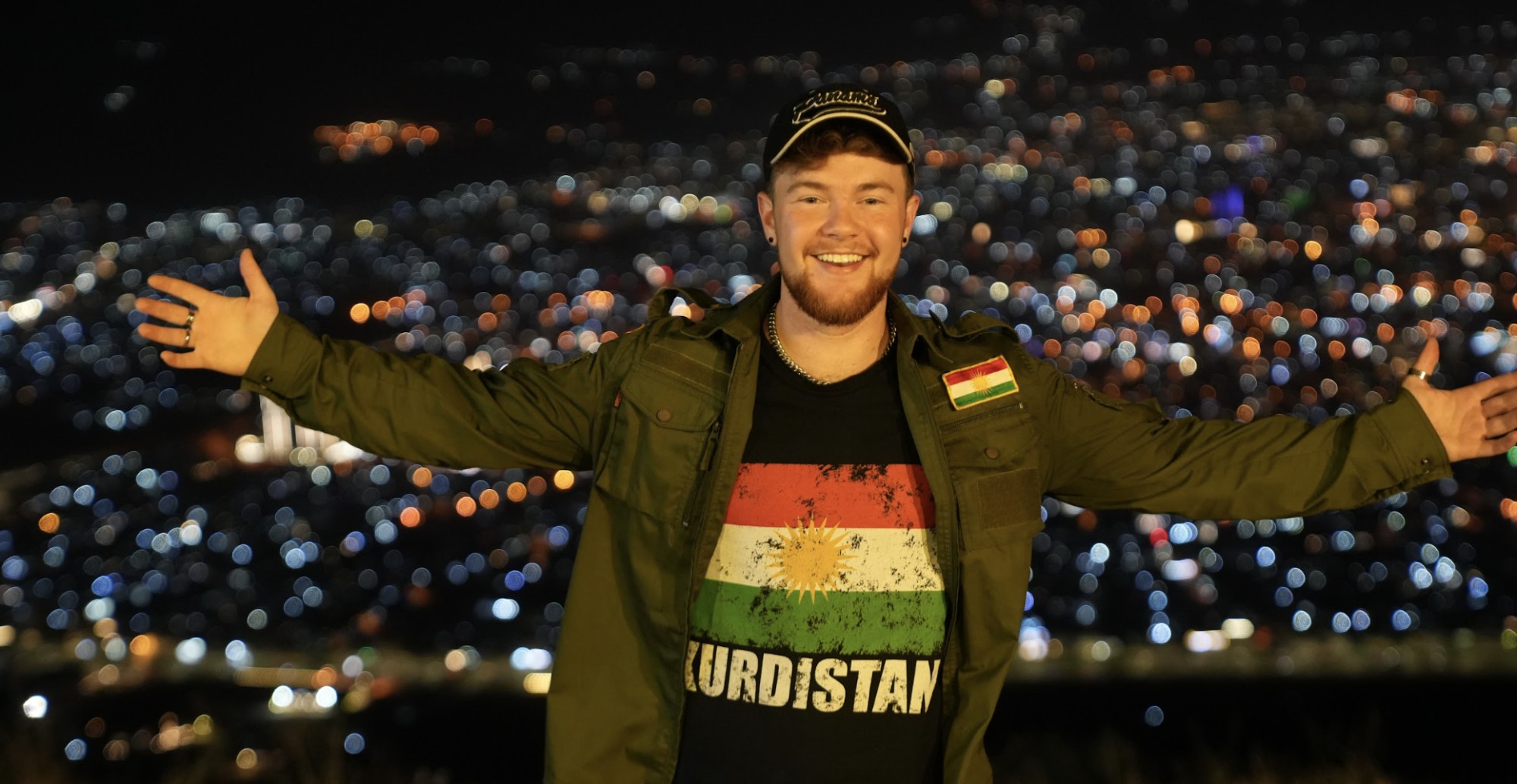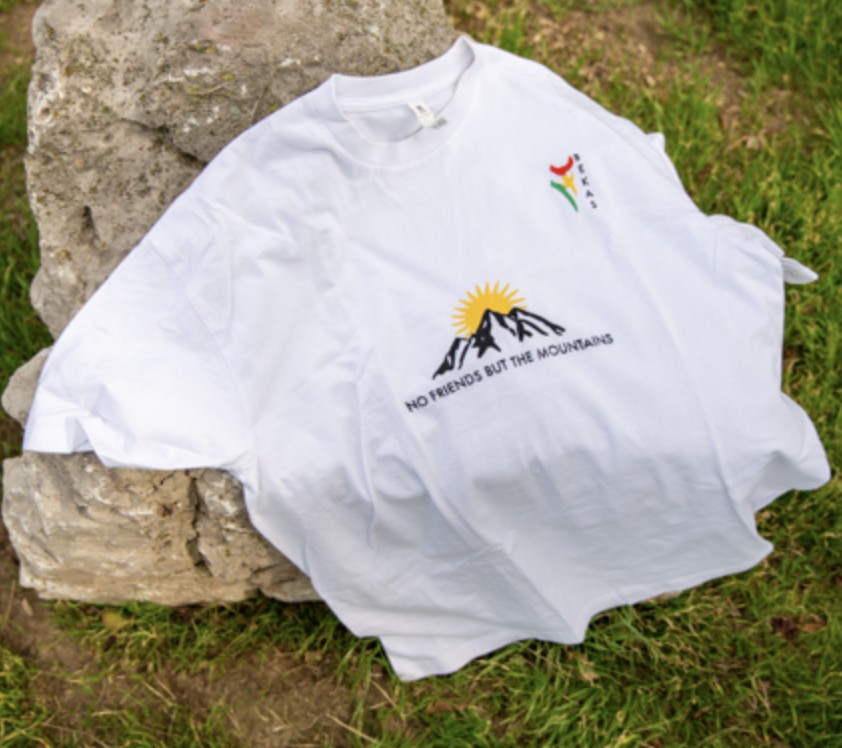“It was a tough time. I was harassed daily,” Hussein Smko said, recalling his childhood as he pensively strummed on his guitar in his Brooklyn apartment. “The streets of Tairawa [a neighborhood in Erbil] were dangerous, especially for someone like me who wanted to express himself freely.”
Growing up in the post-war haze of Erbil, Smko faced constant threats from street gangs and school bullies while exploring his identity. Supported by his sisters and mother, his childhood in a newly self-governing Kurdistan Region provided rich experiences that fueled his artistic journey. These trials ultimately led him to the cover of The New York Times as a prominent dancer on stages in the United States. Amid car bombings and kidnappings, the city ultimately ignited his creative spark. Kurdistan Chronicle sat down with Smko to reminisce about his roots and what brought his to dance and how his career has evolved.

Kurdistan Chronicle (KC): Can you share a bit more about the moment when you first saw dance as an outlet for your internal struggles? How did it influence your decision to pursue dance professionally?
Hussein Smko (HS): It was during the 2003 Iraq War; I wasn’t even a teenager at the time yet. One day, I was playing outside with my friends. We spotted a group of American soldiers huddled around their Humvee. My curiosity got the better of me, and I approached them. When I reached them, my curiosity immediately turned into worry – it was a time of war after all, and they were still carrying their rifles. However, one of them pointed at me, and said, ‘watch this.’ I had never seen anything like it before – I thought he broke his arms and legs, as he did the famous hip-hop arm wave. I was mesmerized and kept watching as the soldier started breakdancing. I went home that evening and tried to recreate his movements. It took me two years until I mastered it. That’s when I started my dance crew named Gurgakani Sar Shaqam, the Street Wolves. My new hip-hop crew quickly became popular in the media and started inspiring other young dancers.
KC: As someone who grew up in a region where artistic expression was limited, how did you navigate these challenges to pursue your passion for dance in New York?
HS: I was called a Westerner, a homosexual, and other terrible things for dancing to hip-hop and rap, but I sensed that there was an entire generation of people in Kurdistan who hungered for more knowledge of the arts. My hip-hop crew provided this. I enjoyed teaching others about performance art.
My journey to the United States started by happenstance. ISIS had just started its campaign against the Kurds, and I noticed an incredible sense of unity among us in defending our country. I had planned on joining the fight. One day, a truck came to pick me up to take me to the front lines to prepare to fight off the ISIS attack on Erbil. Before I jumped in, they gave me a handgun, stating that that’s all they had since there was a shortage of weapons. I realized I had two choices: go to war with just a handgun, facing certain death, or find another way to fight. That’s how my professional career started. Art as an act of resistance to the repression embodied by ISIS. That’s what took me to New York City.

KC: Could you elaborate on a specific instance where you felt your art has helped to combat prejudice and promote cultural understanding?
HS: I was 14 when the Street Wolves got our big break – our performance was broadcast on Zagros TV, and a group of young girls my age must been watching. They reached out to me, and we organized a dance meet-up in Sami Abdul Rahman Park – we were so excited and filled with newfound passion that we trained there every day! One of the girls, Sophia Miran, later went on to open the Fig Club in Erbil, a performing arts studio providing a space for a new generation of diverse people to come together and express themselves on stage. They are doing such beautiful work to support up-and-coming dancers find a purpose. I still collaborate with them from time to time; it gives me hope to see them grow!
KC: In the last couple of years, you have begun transitioning from hip-hop to contemporary dance. What prompted this shift? You recently wrote a play with Kurdistan as a central theme – can you tell me more?
HS: The more well known my story got, the more I had to expand my style. When sharing my life and my background with others, I had to incorporate the story of Kurdistan as well, which culminated in a play, which was named after my inspiring sister Sarah. All the men in my family had gone to war, and my sister quickly became my closest connection, representing so much of what I saw as crucial. Because of this, I realized my movement had to be accompanied by a script to fully portray the Kurdish struggle, a struggle shared by so many. This project would not have been possible without the invaluable support of Mozaffar Shafeie, an exceptionally talented Kurdish theater director, actor, mentor, and cherished friend. Collaboratively, we wove together dance traditions from diverse cultures to narrate the struggles of the oppressed. For me, this endeavor stands as the culmination of my 30-year journey, including the past eight years spent in New York.

KC: The character Sarah experiences personal and societal challenges in your script that resonate deeply with Kurdish realities. As a Kurdish artist, what responsibility do you feel in representing these issues on stage?
HS: I tend not to respect anyone’s sensibilities when I am attempting to relay the story of a genocide. What we Kurds have been through shouldn’t be censored or watered down – the pain of our people should be felt in all its force. This is the message I portray in my art, a message condemning those oppressive groups that aim to exert control over others. I see my fellow Kurds as partners carrying this message with me. To show the world that our place among the mountains is safe and provides a home to those in need. Go to any part of Kurdistan and see for yourself how helpful and welcoming our people are.
KC: What advice would you give to young dancers, especially those from conflict-ridden areas or challenging backgrounds like yours, who dream of entering the world of dance?
HS: This question makes me emotional because I have so many things to say, things I needed to hear when I was younger. My key piece of advice is to seek the nearest place of support, whether that be family or friends but really anyone who understands your potential and wants to see you succeed. Kurdistan is full of potential; people want growth, you only have to find it.
With two cups of coffee and a plastic bag brimming with mulberries between us, Smko continued telling me stories of his past and his time in New York. The person sitting at the table next to us in the cafe overheard our long conversation and asked, “Kurdistan? I’ve never heard of that country before.” Smko smiled knowingly at me and turned to the man, saying, “Sit with us, let me tell you a little about it.”
When introducing my Kurdish identity to non-Kurds, many respond with a statement along the lines of, “I know your people, you all are such great fighters!” While I am not surprised by the reputation that our regional history has given us, I sometimes wonder about the implications of this perception. Of course, we should be proud of our resilience, but are fighting and realpolitik our only tools for global recognition?
Other nations also fight, but they are far better known for their food, music, and scenic landscapes. We, too, have no shortage of these cultural riches. Hussein Smko and other artists like him give me hope that our people will one day be acknowledged for talents beyond fighting – for the beauty of our landscapes, the flavor of our food, and the quality of our artists.
Haima Askari is a consulting professional in Washington D.C. who also serves as the director of the American Kurdish Information Network (AKIN). He is active in interfaith work and has experience working in the German Parliament.

